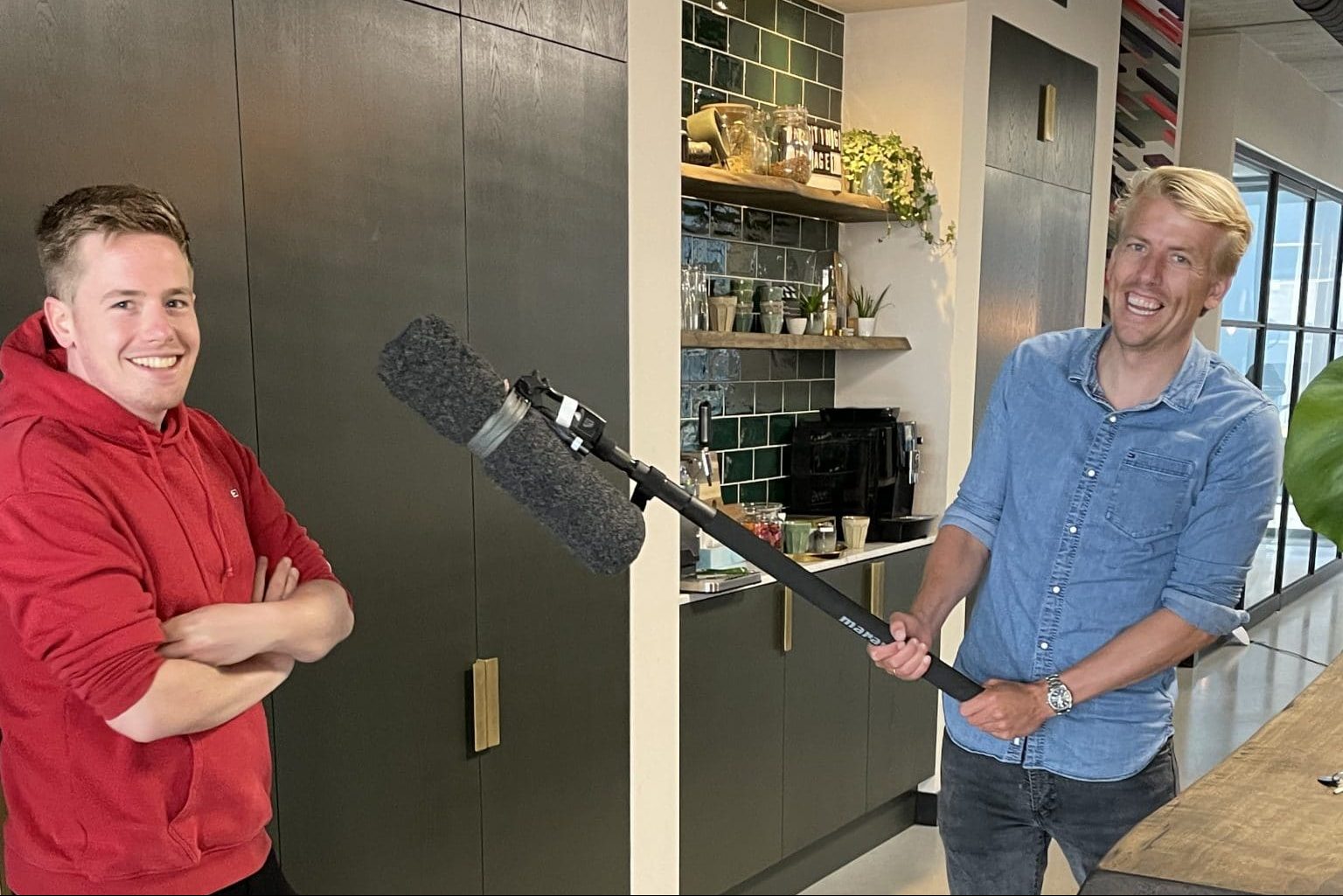The world of fundraising is changing. Fast. Where “sales” used to be a loaded term within NGOs – something that didn’t fit with the organization’s moral mission – more and more charities now see it as a crucial part of their strategy. In a recent episode of Morgen Outbound, Davy Guijt and Terry, co-founders of Saleslift, spoke with David Heijer, head of fundraising at Hospitaalbroeders, about this fundamental change.
What follows is an honest and inspiring conversation about the reality of business fundraising in the non-profit sector. About opportunities, pitfalls, cultural change, and perseverance.
The Old World: From Collection Box to Street Fundraising
Traditionally, fundraising at charities revolved around individual donations. Think street fundraising, direct mail campaigns, or leaving a gift in your will. David worked during the heyday of face-to-face fundraising:
“In my first year, we brought in more than 250 donors per week through street fundraising. And many of them are still active. That model worked – and generated structural income.”
But those golden days are over. Public opinion turned against street fundraising, it became more expensive, and effectiveness declined. At the same time, subsidies are drying up. NGOs are being forced to tap into new sources – and this is where the business sector comes into the picture.
From Marketing to Sales: Two Different Worlds
Many NGOs have invested in marketing teams in recent years. But sales? That often remains underexposed. In practice, you see that the ‘commercial reflex’ is missing in many fundraisers. The link between business goals and social impact is still made too infrequently, while that’s precisely where the power of business fundraising lies.
“I think most charities still associate sales with selling a plush baby crocodile,” says David. “But we’re talking about partnerships that are strategically valuable for both parties.”
The Power of a Substantive Match
A textbook example of such a strategic partnership is the project David set up with Ferrero and Cargill. The Hospitaalbroeders hospital was located in the area where Ferrero buys cocoa. David saw an opportunity and approached them with a sharp proposition: what if we organize healthcare for your farmers?
“Ferrero was already working on sustainability in the supply chain, but wasn’t doing anything about health. We could complement that. And so we provided care to thousands of farmers and their families. Ferrero financed it – and the hospital generated its own income.”
The deal came through. But only after two and a half years. It was a tough process, with many links, counters, and decision-makers. Patience, trust, and persistence proved crucial.
Small, but Powerful
Not every charity can or should target multinationals. Small organizations are often more agile and can move faster. David explains how their nursing education program in Sierra Leone was made possible in part by smaller business donors. Like a healthcare consultant who started as a donor, built a relationship with her students, and eventually even traveled to Sierra Leone to teach.
“That kind of personal involvement is only possible because we’re small. You can move quickly, have short lines of communication, little hassle. That makes it tangible for donors and partners.”
What Does This Require from NGOs?
The transition to business fundraising requires more than just a good idea. It demands a different mindset – and commercial skills:
- Recognizing opportunities – What’s happening in the sector? Where are interests, connections, pain points?
- Being able to sell stories – Not just with passion, but with relevance to the other party’s business.
- Customized propositions – How can your NGO contribute to the company’s sustainability story?
- Patience and perseverance – Big deals take time. Sometimes years. But it can be worth it.
- Personal leadership – Often it’s the director or founder who needs to be at the table to get these kinds of initiatives off the ground.
The Future: Not a Luxury, but a Necessity
NGOs will be under pressure in the coming years. Major cuts to development cooperation have been announced. And the real blows are only expected in a year or two. Large organizations will have to lay off staff. Smaller organizations risk going under – unless they manage to transform themselves. Business fundraising is no longer a luxury. It’s a necessity.
“We need to move away from the idea that companies ‘should support us’ out of charity,” says Terry. “It’s about partnership. About something that makes sense both commercially and socially.”
Final Thought
What stands out in David Heijer’s story is the combination of conviction, creativity, and entrepreneurship. He truly believes in his mission – and knows how to convey it in a way that also touches companies.
And that’s precisely where the key lies: not in pitching, but in matching. Not in ‘selling’, but in building. And that starts with listening, connecting, and daring to persevere.


